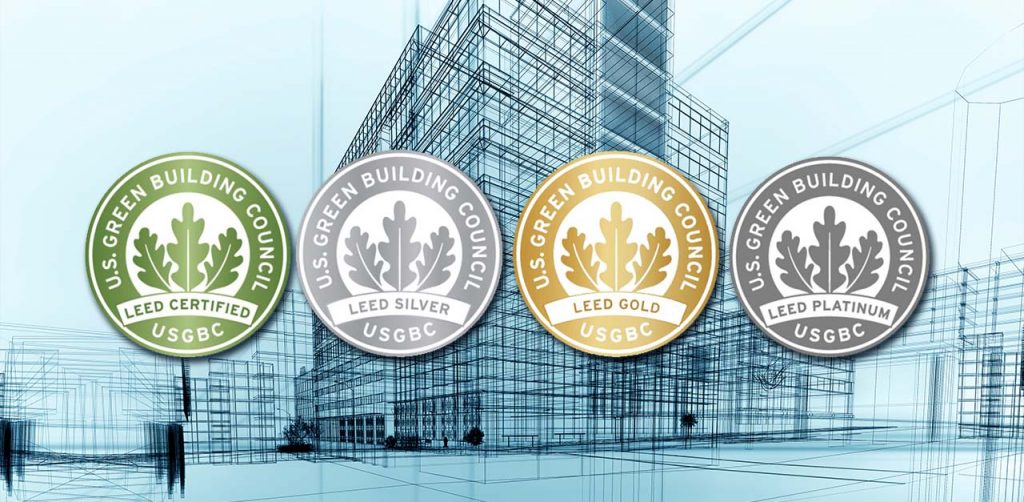Breeam
Oxori Services

LEED, or Leadership in Energy and Environmental Design, is the most widely used green building rating system. LEED is a holistic system that does not simply focus on one building element, such as energy, water or health. Instead, it looks at the big picture, factoring in all critical elements that work together to create the best building possible;
- Reduce contribution to global climate change
- Protect and restore water resources
- Promote sustainable and regenerative material cycles
- Enhance individual human health
- Protect and enhance biodiversity and ecosystem services
- Enhance community quality of life
Of all LEED credits, 35% relate to climate change, 20% directly impact human health, 15% impact water resources, 10% affect biodiversity, 10% relate to the green economy, and 5% impact community and natural resources.
WHY LEED?
Buildings consume energy and resources at an alarming rate. LEED provides a framework for healthy, efficient, carbon and cost-saving green buildings. LEED certification is a globally recognized symbol of sustainability achievement. LEED-certified buildings save money, improve efficiency, lower carbon emissions and create healthier places for people. They are critical to addressing climate change and meeting ESG goals, enhancing resilience, and supporting more equitable communities. LEED categories can also contribute toward meeting the U.N.’s Sustainable Development Goals. Explore synergies between LEED and SDGs.
BUILDING TYPES
LEED is for all building types and all building phases including new construction, interior fit outs, operations and maintenance and core and shell.
HOW LEED WORKS?
To achieve LEED certification, a project earns points by adhering to prerequisites and credits that address carbon, energy, water, waste, transportation, materials, health and indoor environmental quality. Projects go through a verification and review process by GBCI and are awarded points that correspond to a level of LEED certification: Certified (40-49 points), Silver (50-59 points), Gold (60-79 points) and Platinum (80+ points).
